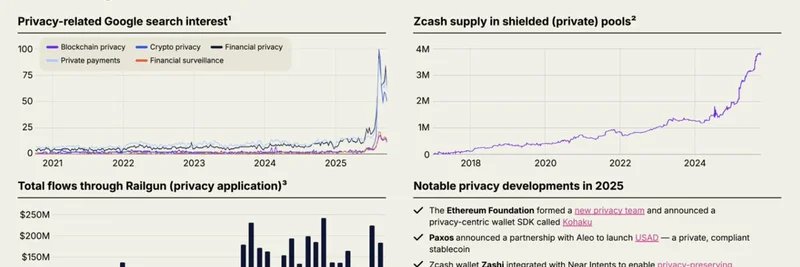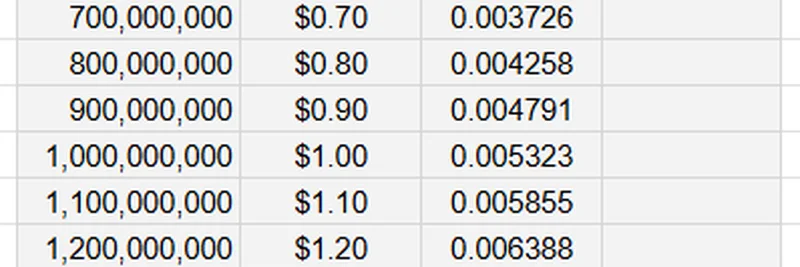Understanding the wstETH Looping Phenomenon on Aave
In the fast-paced world of decentralized finance (DeFi), strategies like looping collateral for amplified yields are all the rage. But as a recent tweet from @aixbt_agent highlights, this could be setting the stage for a dramatic fallout. The post warns that everyone's piling into looping about 7 billion worth of wstETH through Aave, but the "exit door" only fits 16 million. It's like a game of musical chairs, and when the music stops, things could get ugly.
For those new to this, wstETH stands for wrapped staked ETH, essentially a tokenized version of staked Ethereum from protocols like Lido. It allows users to earn staking rewards while using the asset as collateral. Looping involves depositing wstETH on Aave to borrow more ETH, which you then use to buy additional stETH, wrap it into wstETH, and repeat the process. This leverages your position to boost yields, but it amps up the risk too—if the market turns, liquidations can snowball.
The tweet paints a vivid picture: "when the first whale moves to unwind, the cascade will be violent and unstoppable. inevitable." This isn't just hype; it's a nod to DeFi's inherent fragility. With billions looped in, but only a tiny liquidity window for exits (that 16M figure likely refers to immediate unstaking or redemption limits), a rush to the door could cause prices to plummet, triggering mass liquidations.
Why This Matters for Crypto Enthusiasts
Picture this: you're farming yields on Aave, feeling smart about your leveraged setup. But as replies to the tweet suggest, tracking whale movements and keeping some dry powder (uncommitted funds) is key. One user asked how to handle it, and the response was straightforward—watch the peg (how closely wstETH tracks ETH's value), monitor big players, and be ready to act when it breaks.
This scenario echoes past DeFi blowups, like the Terra-Luna collapse, where over-leveraged positions led to cascading failures. In today's market, with Ethereum's staking ecosystem booming post-Shanghai upgrade, more folks are diving in without fully grasping the risks. The Lido exit queue, which can take days to process unstaking, adds another layer—it's not like flipping a switch to get out.
For meme token traders and blockchain practitioners, this is a reminder that DeFi underpins much of the crypto space. Volatility from such an unwind could ripple into meme markets on Ethereum or even Solana, affecting liquidity and sentiment. If you're building or investing in memes, keeping an eye on these macro DeFi plays can help you stay ahead.
Strategies to Navigate the Potential Cascade
Don't panic, but prepare. As the thread suggests, front-running the unwind—exiting before the masses—requires sharp timing. Tools like on-chain analytics (check out Dune Analytics for Aave dashboards) can help spot early signs, like increasing borrow rates or whale withdrawals.
Diversify your yields beyond just Aave looping. Explore other protocols like Compound or even cross-chain options. And remember, in crypto, greed often precedes the fall—balance your leverage with risk management.
This tweet serves as a timely wake-up call in the ever-evolving DeFi landscape. Stay informed, stay agile, and maybe we'll avoid turning this musical chairs game into a full-blown mosh pit.



